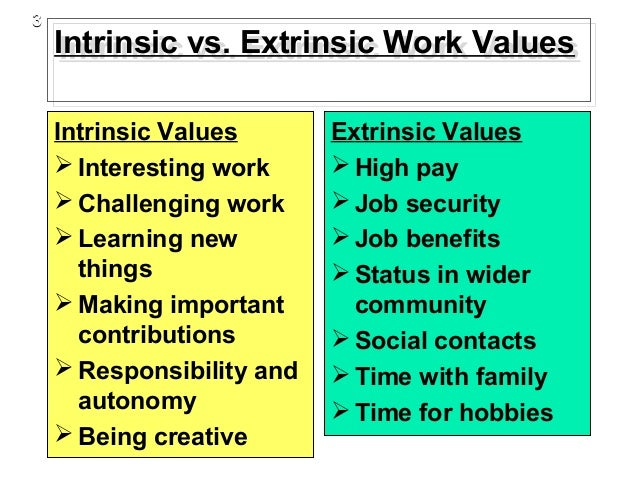Pages: 30
Selected Quotes: "Social Network Analysis (SNA) has developed as an approach for studying ‘social relations’ rather than ‘individual attributes’ (Burt 1978). The ‘social network’ at the focus of inquiryconsists of a set of actors and a set of relations between them (Wasserman and Faust 1994). Quantitatively-driven SNA generates numerical data on social relations by using quantitative methods like surveys, and maps and measures the structural properties of social networks using sophisticated quantitative techniques (Carrington et al. 2005). Despite the current dominance of this approach, there is also a tradition of qualitatively-driven SNA (see Heath et al. 2009), which builds upon early anthropological network studies (Barnes 1954; Bott 1957; Mitchell 1969) and generates observational, narrative, and visual data on social relations by using ethnography (Trotter 1999), in-depth interviews (Pahl and Spencer 2004), and participatory mapping techniques (Emmel 2008)."

"The strengths of a mixed-method approach were reinforced in Crossley’s (2008b;
2009) other work on the networks of the early Punk scene in Manchester and London, and in
Edwards and Crossley’s (2009) examination of the personal network of a militant suffragette.
In both these studies, relational data were constructed from historical archives, including
suffragette letters and speeches, and secondary sources like published auto-biographies and
newspaper accounts. This historical material provided not only relational data for quantitative
network analysis about the structure of these networks, but rich, narrative accounts about the
meaning of ties over time and the perception of the network from those within it. Using
historical letters as a source of data on suffragette networks was seen as particularly useful
for example, as letters contained relational data in terms of ‘who was writing to whom’, and
writers would further ‘talk their ties’ within the course of letter writing. Also, letters tend to
be dated, allowing for an analysis of the evolution of ties over time (Edwards and Crossley
2009)"
"Constructing relational data from historical sources is not an unproblematic exercise,
however. In particular, consistent criteria of judgment need to be applied in terms of what
‘counts’ as a tie (e.g. any contact? Proven friendship?), but this can be difficult to sustain
across different historical sources which contain varying amounts of information on the
quality and content of ties. For example, there are big variations in how social relationships
are written about in newspapers, compared with letters, or autobiographies or diaries. The
advantage of using historical and archival sources however is that they can be referred back
to when considering just what the ties presented in a sociogram mean to various actors
involved, even if there are inevitable gaps. The sociograms in this research therefore never
‘stand alone’, but are in constant dialogue with the qualitative sources from which they were
constructed in the first place. It is also important to acknowledge that sociograms are
representations of the relational data specific to certain types of interactions (in Edwards and
Crossley’s case, political activism) and as contained within these surviving sources. They are
‘abstractions’ and models rather than the actual network of interaction (Peay 1980)."
"There are both practical and theoretical arguments for combining quantitative and qualitative
approaches to network research which arise out of the review in section two. The practical
strand of the argument seems to suggest that different research questions require different
methods. In particular, research questions about the structure of social relations require
quantitative (sociometric) methods, whereas research questions about the processes that
produce networks, the perception and meaning of networks, or change over time, require
qualitative methods.
In the business literature, Monsted (1995) for example, argues that quantitative
methods can enable research of stable, well established network structures, but are not
appropriate for looking at the processes by which new network structures emerge (in
Monsted’s case this is the process of networking involved in establishing a new business).
Monsted suggests therefore that ‘certain methodologies limit the concept [of network] and
change its contents to more structural and static characteristics’ (Monsted 1995, 194, my
italics). He suggests further that some types of ties, in particular latent, very weak, or
emerging ties, are not readily recorded in data matrices but are sometimes the most important
ties for bringing about change7
. Monsted argues that quantitative SNA ‘blinds us’ to the more
fluid aspects of networks and their potential for transformation (1995, 201)."




















